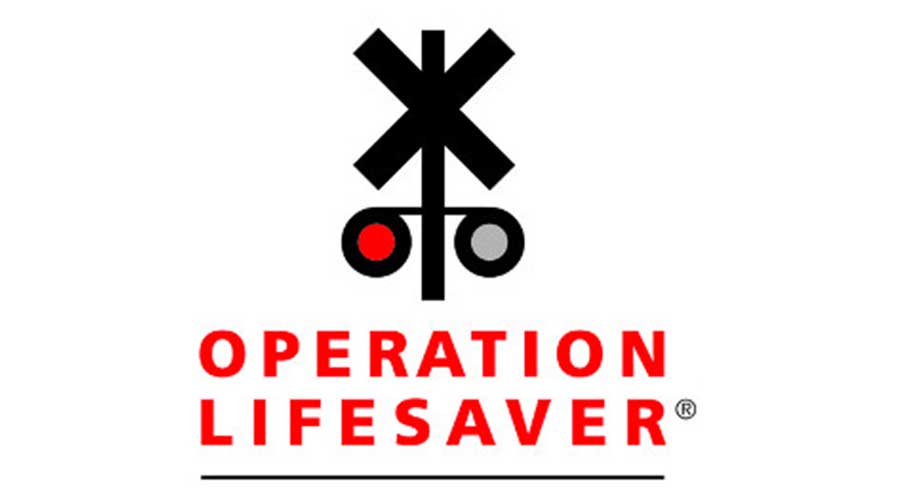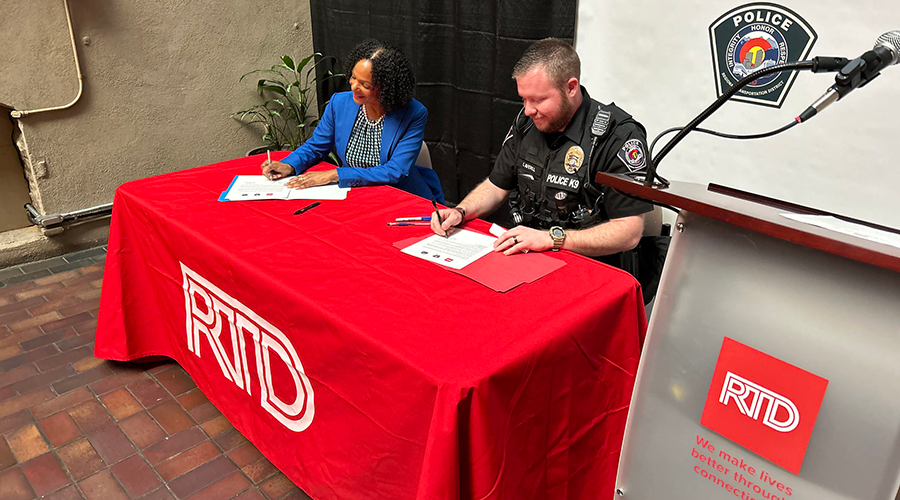Newsletter Sign Up
Stay updated on news, articles and information for the rail industry
Stay updated on news, articles and information for the rail industry
Rail News Home
Rail Industry Trends
Rail News: Rail Industry Trends
9/29/2009
Rail News: Rail Industry Trends
Soy Transportation Coalition issues report to address rail rates, volumes
advertisement
Class Is’ revenue from transporting soybeans and soy products has nearly tripled during the past decade from $549 million in 1998 to $1.5 billion in 2008, according to a recently published Soy Transportation Coalition (STC) report.
Entitled “Railroad Movement of Soybeans and Soy Products,” the report also states that the largest destination area for rail-moved soybeans is the Pacific Northwest, specifically Washington and Oregon ports. Forty-eight percent of soybeans loaded into rail cars are destined to the ports because of the strength of Asia’s export market.
Established in 2007, STC — which comprises seven state soybean boards, the American Soybean Association and United Soybean Board — released the report to shed light on the volume of soybeans and soy products coalition members believe are transported at “potentially excessive rates,” according to the STC. In addition, the report focuses on the states where the soybean industry is most dependent on rail.
Forty-two percent of soybean rail moves, or a total of 9.2 million tons, are transported at rates the Surface Transportation Board would classify as “potentially excessive,” which resulted in a potential overcharge of $120 million in 2007, according to the STC. BNSF Railway Co. transports the largest volume of soybeans, and Union Pacific Railroad originates the most soybean meal and soybean oil.
“It is important for railroads to generate the necessary returns on their investment to allow them to maintain and expand their network. However, we in the soybean industry are concerned with the volume of money — $120 million — that is not being retained in rural America due to potentially excessive rail rates,” said STC Executive Director Mike Steenhoek in a prepared statement. “There needs to be a way for railroads and the soybean industry to achieve a better balance so that one is not profiting at the expense of the other."
Entitled “Railroad Movement of Soybeans and Soy Products,” the report also states that the largest destination area for rail-moved soybeans is the Pacific Northwest, specifically Washington and Oregon ports. Forty-eight percent of soybeans loaded into rail cars are destined to the ports because of the strength of Asia’s export market.
Established in 2007, STC — which comprises seven state soybean boards, the American Soybean Association and United Soybean Board — released the report to shed light on the volume of soybeans and soy products coalition members believe are transported at “potentially excessive rates,” according to the STC. In addition, the report focuses on the states where the soybean industry is most dependent on rail.
Forty-two percent of soybean rail moves, or a total of 9.2 million tons, are transported at rates the Surface Transportation Board would classify as “potentially excessive,” which resulted in a potential overcharge of $120 million in 2007, according to the STC. BNSF Railway Co. transports the largest volume of soybeans, and Union Pacific Railroad originates the most soybean meal and soybean oil.
“It is important for railroads to generate the necessary returns on their investment to allow them to maintain and expand their network. However, we in the soybean industry are concerned with the volume of money — $120 million — that is not being retained in rural America due to potentially excessive rail rates,” said STC Executive Director Mike Steenhoek in a prepared statement. “There needs to be a way for railroads and the soybean industry to achieve a better balance so that one is not profiting at the expense of the other."


 LRW Honors Amtrak’s Acheson As Railway Woman Of The Year
LRW Honors Amtrak’s Acheson As Railway Woman Of The Year
 From Editor-In-Chief Foran: Of Gender Equity And Inclusion
From Editor-In-Chief Foran: Of Gender Equity And Inclusion
 Spotlight On Some Of Today’s Rail Safety Products
Spotlight On Some Of Today’s Rail Safety Products
 Women of Influence in Rail eBook
Women of Influence in Rail eBook
 railPrime
railPrime








